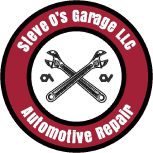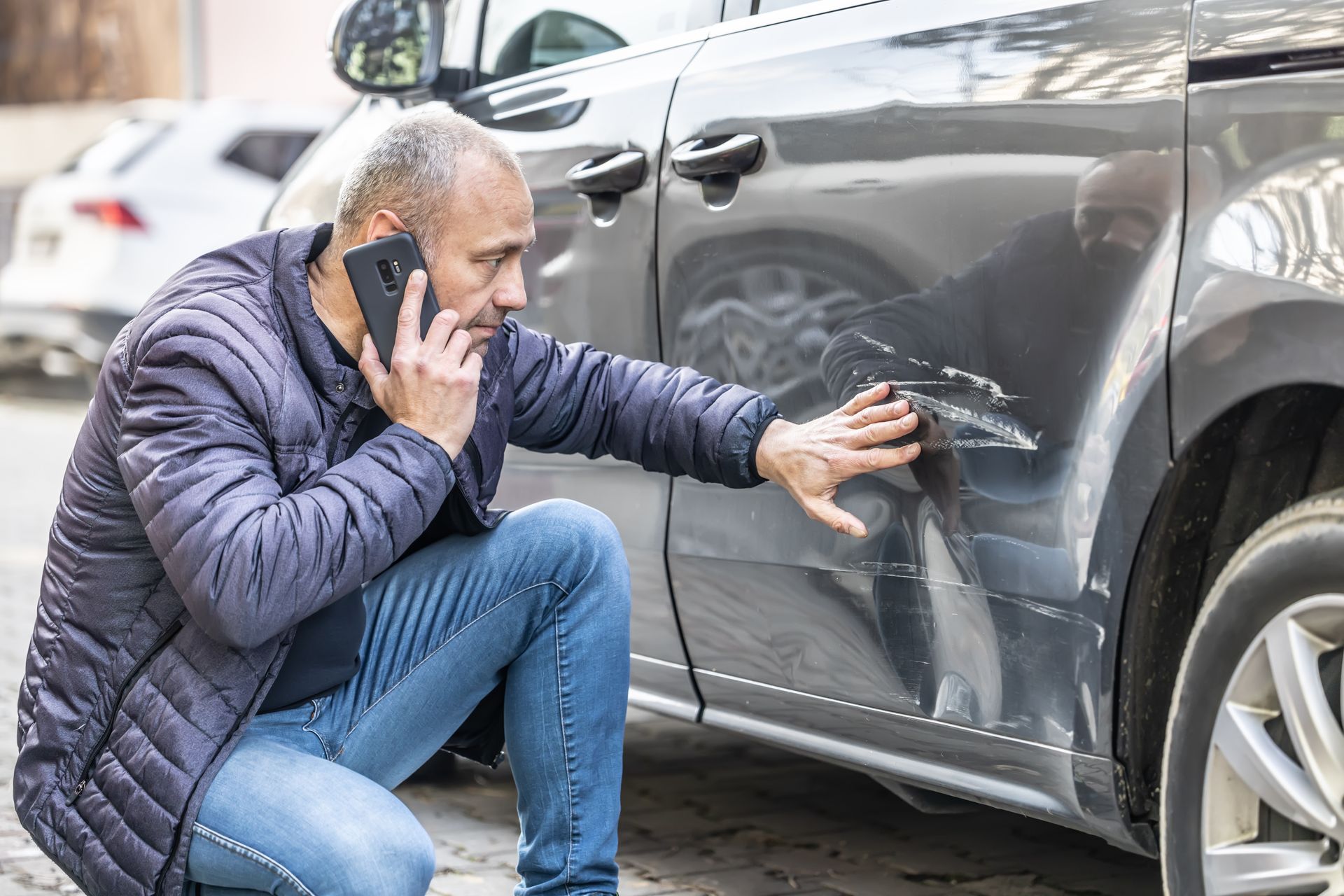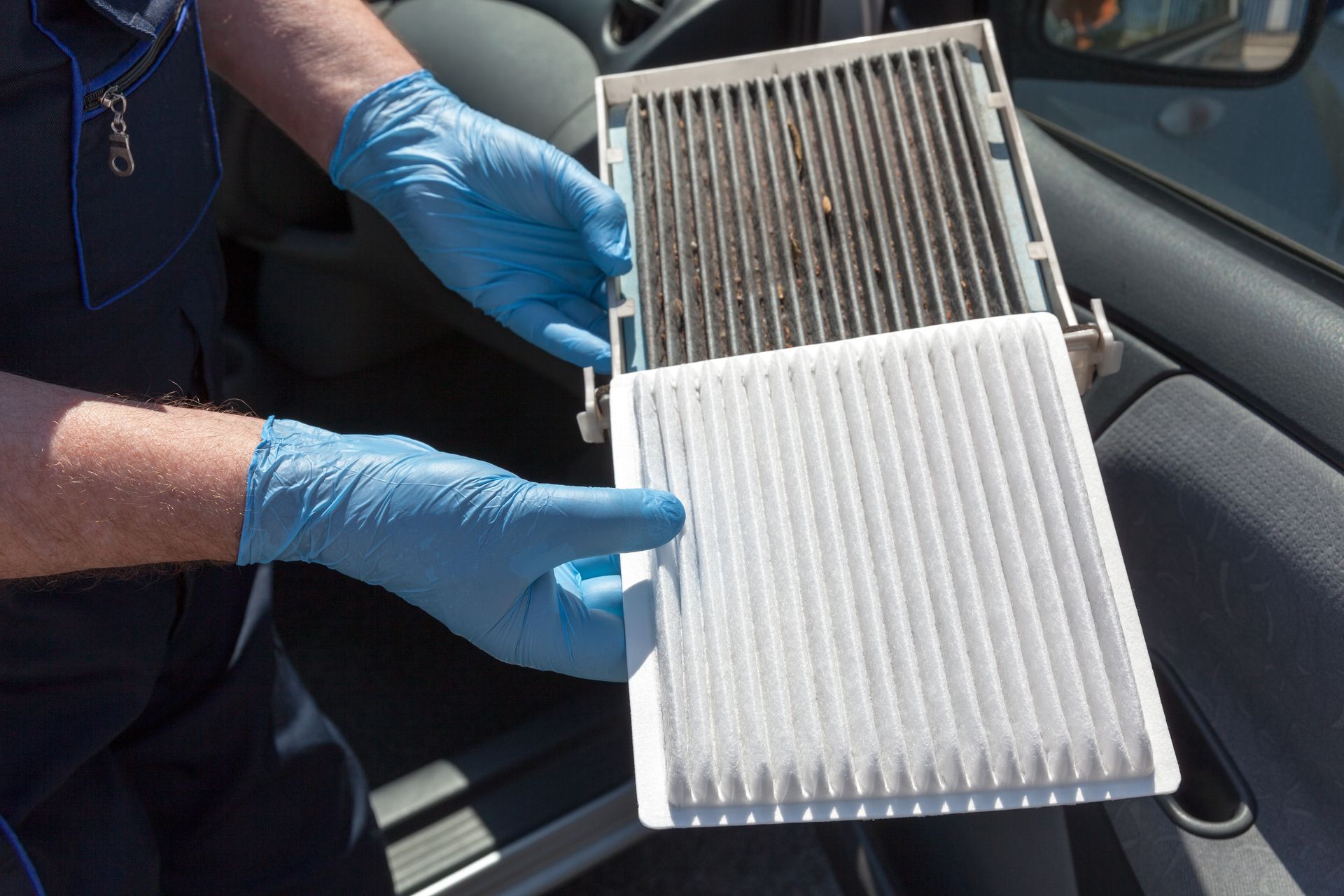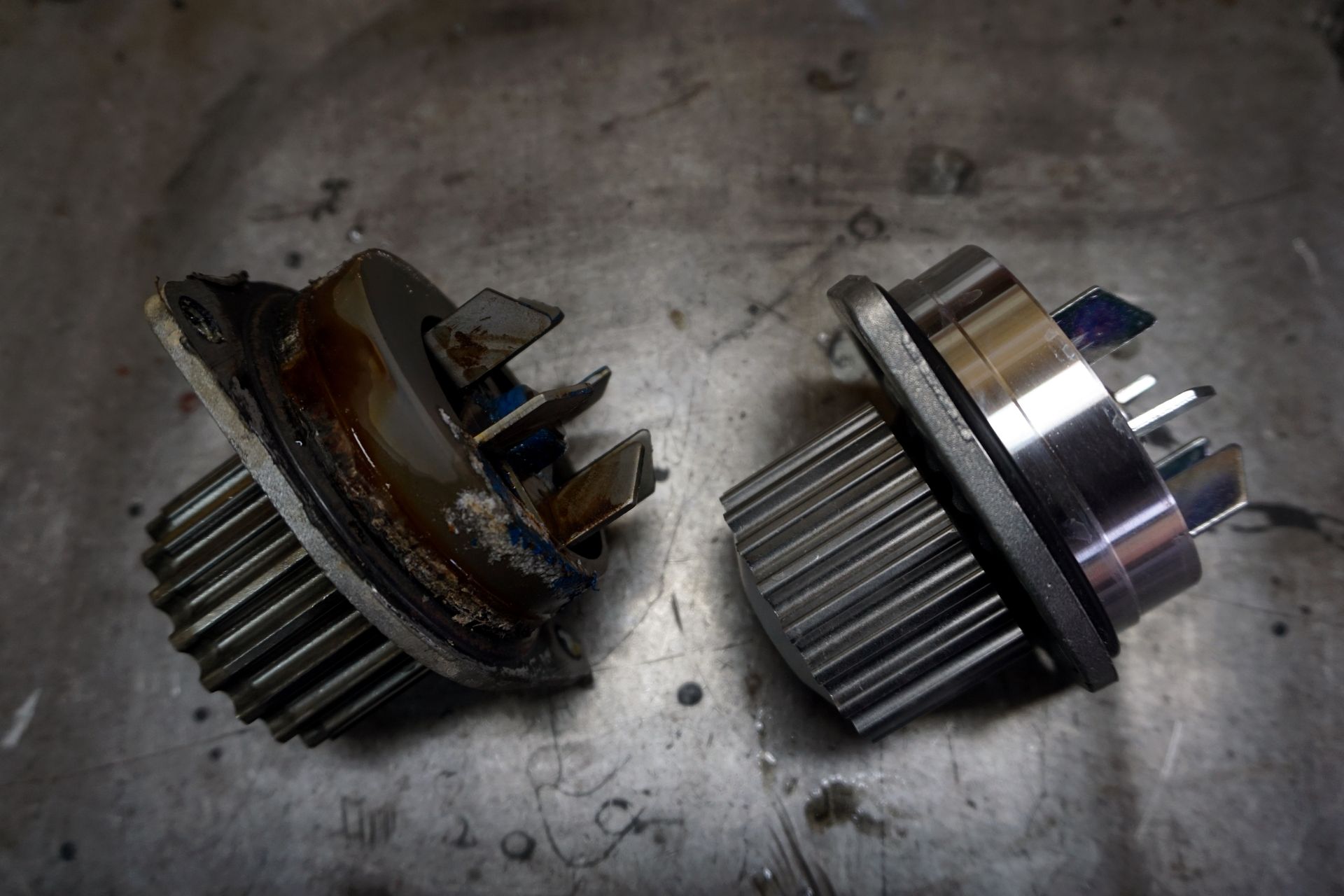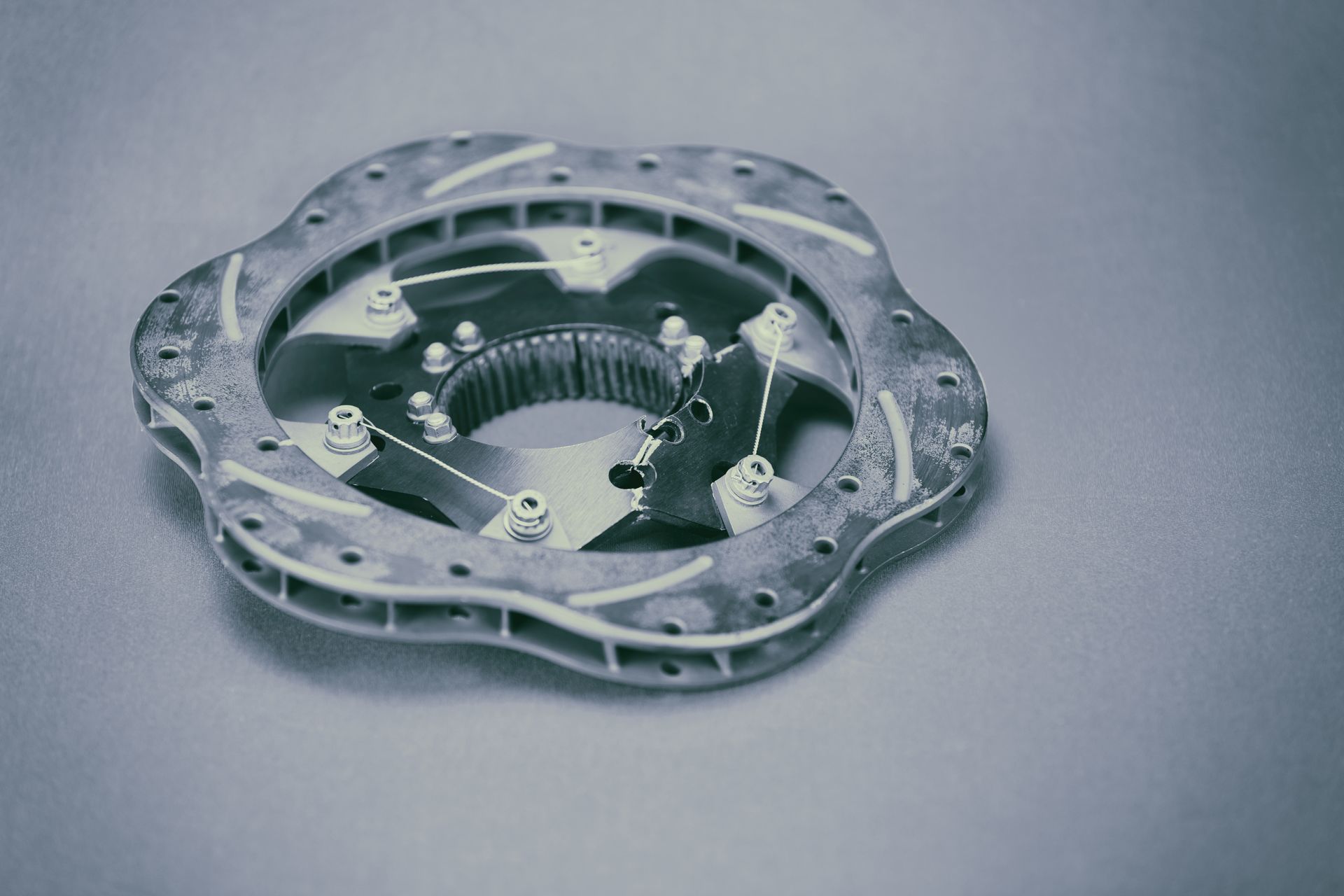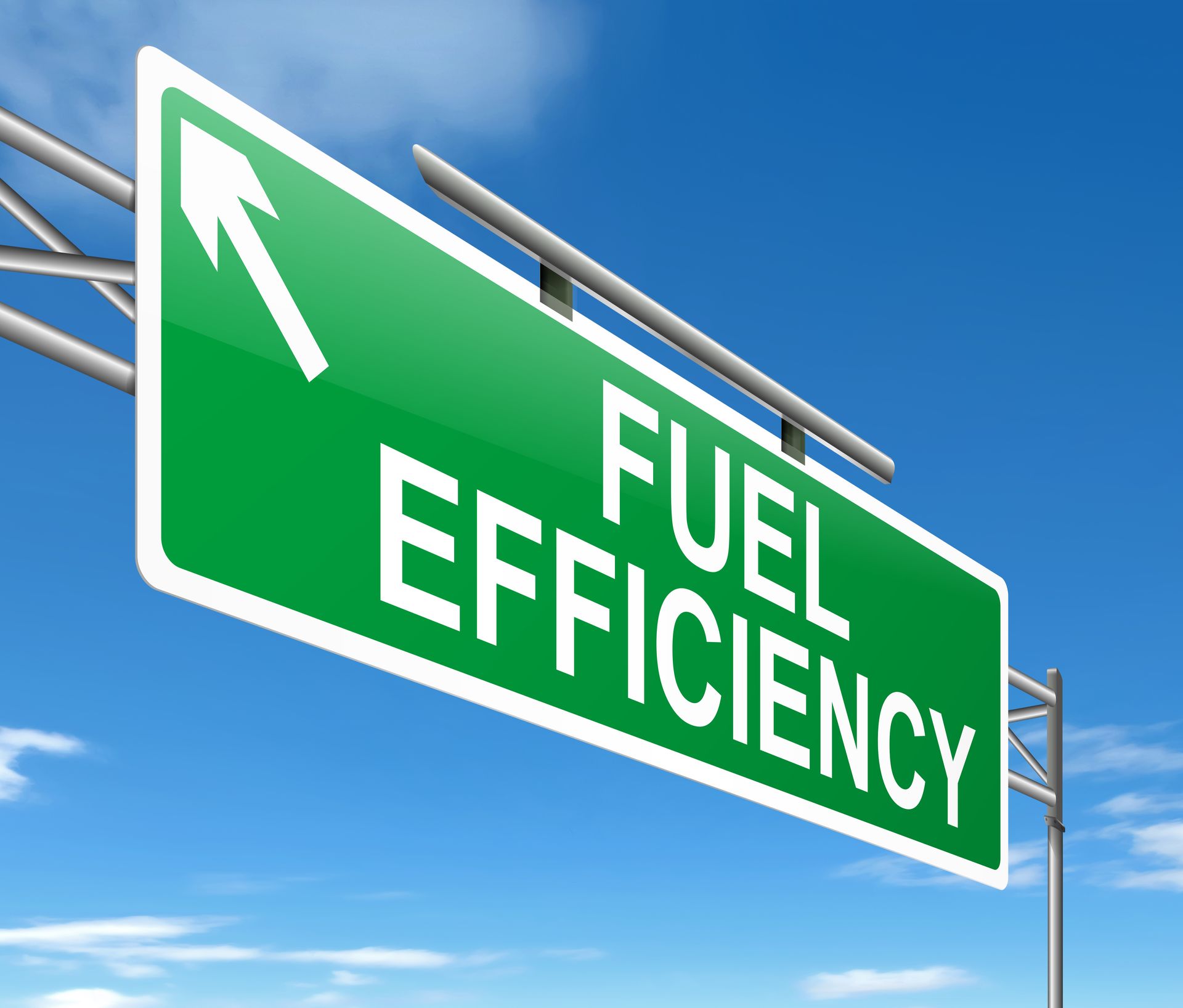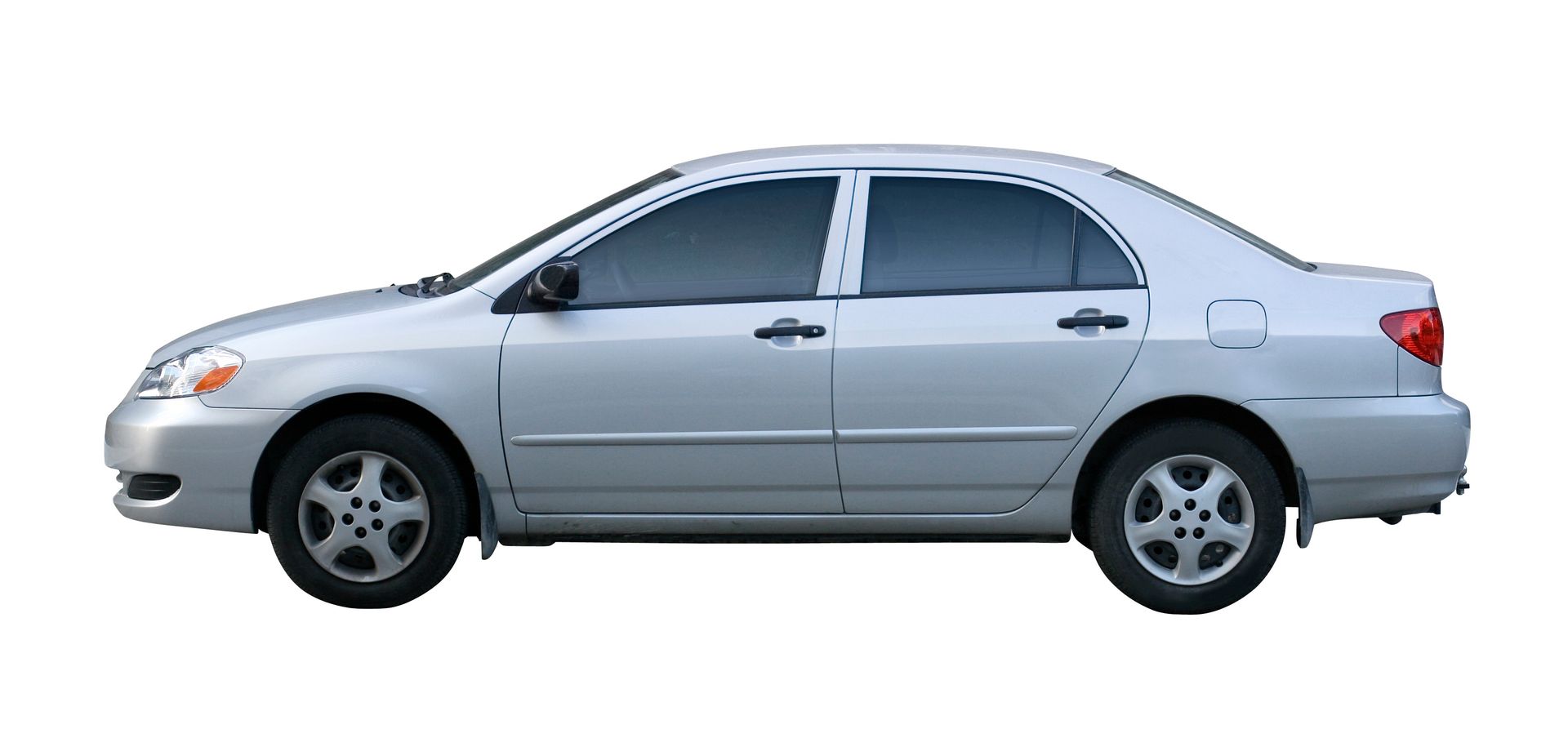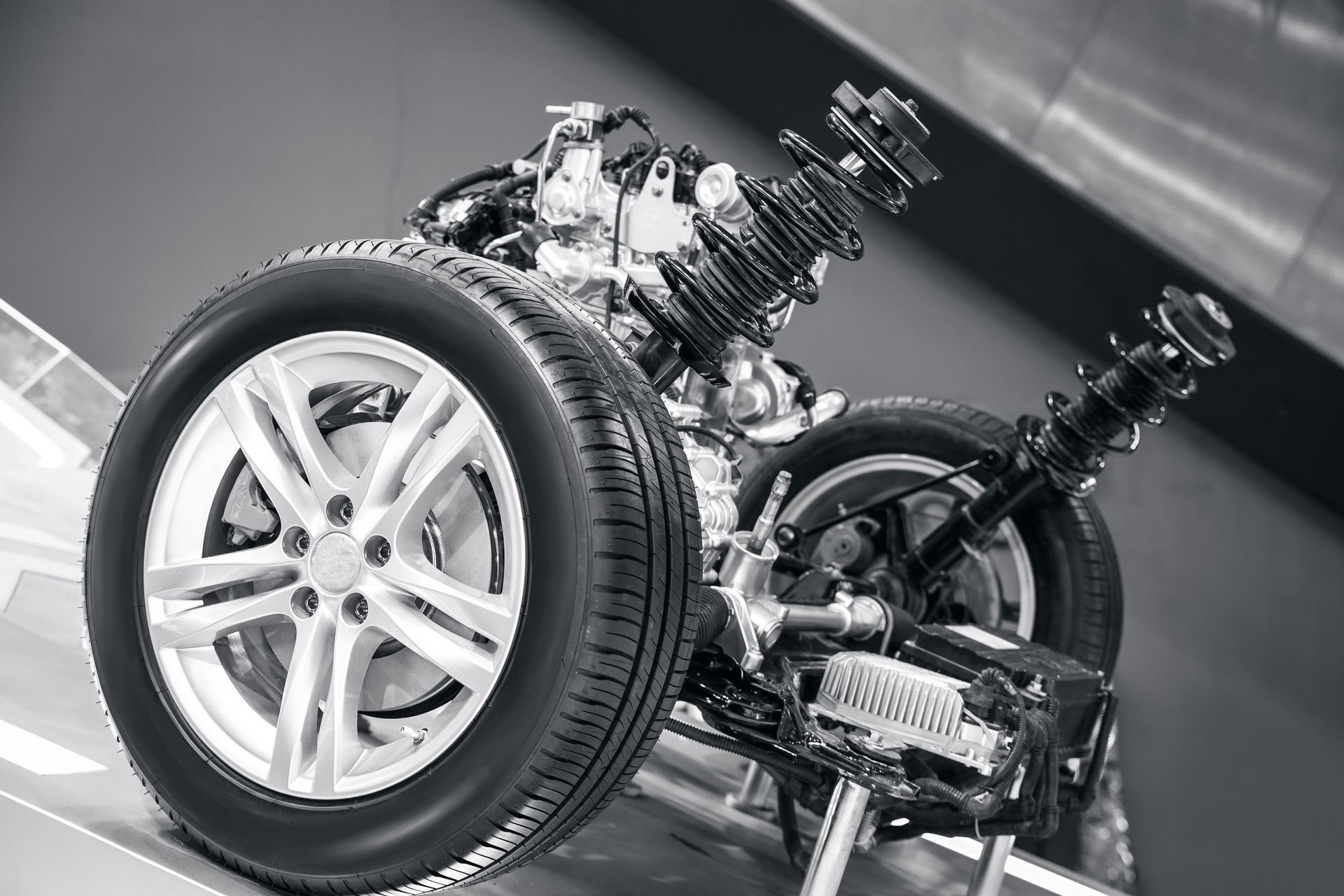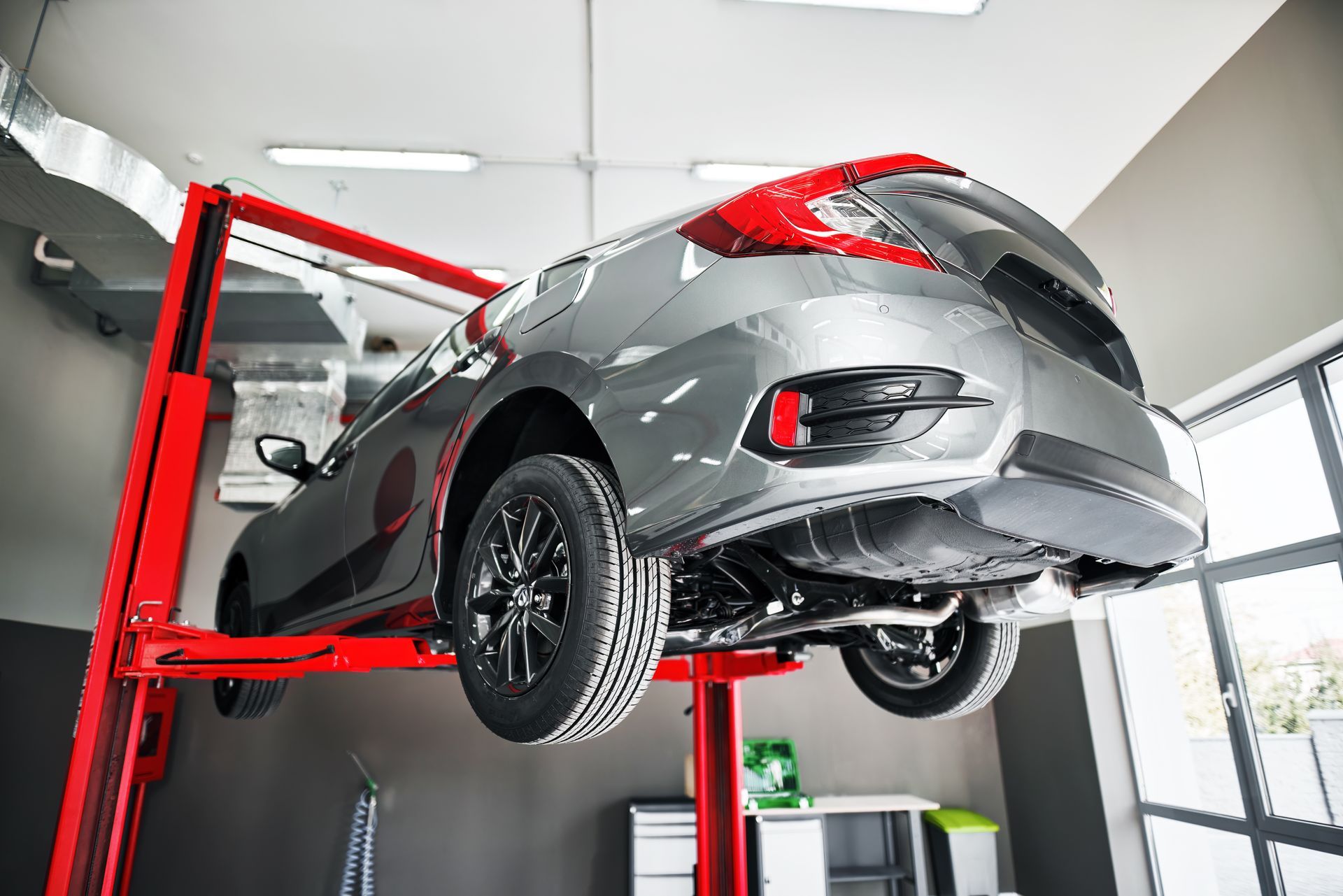Modern vehicles are wonders of integrated systems and technology, with computer diagnostics playing a pivotal role in their maintenance. Often associated primarily with engine health, these diagnostics are equally essential for various other components. If you want to venture beyond the engine and showcase the diverse benefits of computer diagnostics, continue reading.
What are Computer Diagnostics?
In simple terms, computer diagnostics in cars are like a health check-up for your vehicle. They are systems built into your car that keep an eye on all the important parts - like the engine, transmission (which helps change gears when you drive), brakes, and more.
How Do They Work?
Sensors Everywhere
Sensors track how each part of your car is performing and report back to the car's computer.
The Car's Computer (ECU)
It's a computer in your car (called an Engine Control Unit, or ECU) that receives information from all the sensors. Think of it as a subway hub where all the different lines meet.
Detecting Problems
As you drive, the ECU is always checking these reports. If something isn't working right, the computer notices it.
Warning Lights and Codes
When the ECU spots a problem, it triggers a warning light on your dashboard (like the check engine light). It also stores a special code that explains what the problem is.
Reading the Codes
To find out exactly what's wrong, mechanics use a special tool to read these codes. This tool is plugged into a port in your car (usually under the dashboard), and it can read the messages from the ECU.
Components and Systems That Benefit From Computer Diagnostics
Transmission System
The transmission system greatly relies on computer diagnostics for optimal performance. These systems can unearth subtle issues like erratic gear shifts or delayed acceleration, crucial for preventing extensive and costly repairs down the road.
Braking System
They provide early warnings for potential hazards - from reduced brake fluid levels to wear and tear of brake pads. Timely diagnostics can be the difference between a safe stop and a risky road situation.
Electrical Systems
In the web of a car's electrical system, diagnostics act as the discerning eye, catching glitches in anything from the infotainment system to automated safety features. With this simple procedure, you can avoid glitches in the software, issues with the locks, and all other similar or connected problems.
Emissions and Exhaust System
Computer diagnostics ensure your vehicle's emissions and exhaust system are compliant with environmental regulations and operating at peak efficiency. They help in identifying issues like inefficient fuel combustion or faulty exhaust controls, beneficial for eco-friendly driving.
Cooling and Heating Systems
The diagnostics extend their reach to the cooling and heating systems, ensuring the engine operates within the ideal temperature range and passengers enjoy a comfortable environment.
Frequently Asked Questions
How often should computer diagnostics be run on a vehicle?
Ideally, computer diagnostics should be conducted at least once a year or as recommended by the vehicle manufacturer.
Can computer diagnostics detect all types of vehicle malfunctions?
While computer diagnostics are highly sophisticated, they may not catch every possible malfunction. Some issues might still require manual inspection by a professional.
What is the impact of ignoring issues flagged by vehicle diagnostics?
Ignoring problems identified by diagnostics can lead to more severe and expensive repairs in the future.
For expert computer diagnostics in the Peoria area, contact Steveo's Garage LLC! Your car's health is our responsibility!


